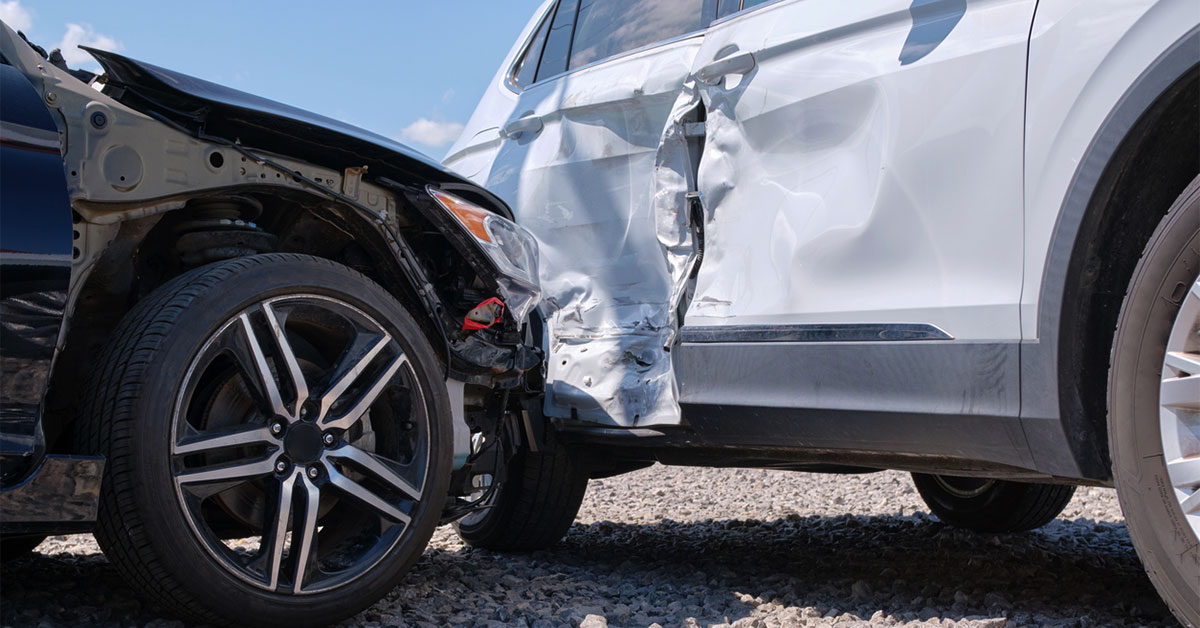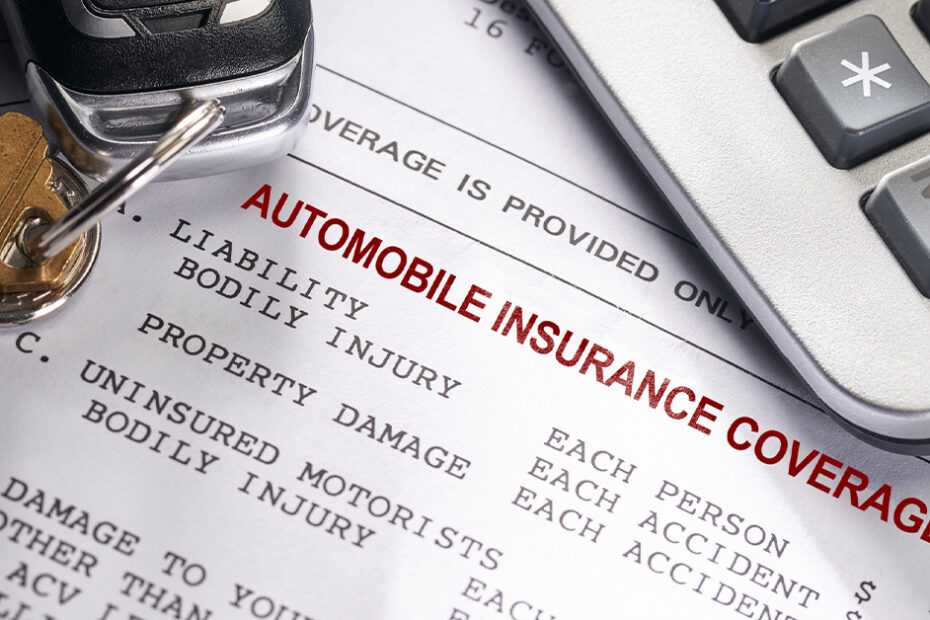Although required in nearly every state, auto insurance policies can sometimes be tricky to fully understand. And because policies often come with a great deal of fine print and technical terms, it’s no wonder that most people learn the basics of auto insurance from others. Unfortunately, this can lead to a lot of misinformation being passed down. To help avoid confusion, we’re clearing up eight of the most common auto insurance myths.
Insurance Myth #1: Your Driving Record Is the Only Factor Insurance Companies Consider
Your driving record does play a significant role when determining your auto insurance premium. However, it isn’t the only factor that is considered. Other factors insurance providers take into account include:
- Age or driving experience (may vary depending on your state)
- Your zip code data
- Vehicle make and model
It’s important to remember that insurance providers may use different formulas to calculate your premium, so shopping around could help you save.
Insurance Myth #2: Your Car’s Color Can Influence Your Insurance Rate

One of the most common auto insurance myths we come across is that red cars are more expensive to insure. The idea is that because red vehicles stand out, they are more likely to be stolen or vandalized.
Thankfully for all red car owners, this claim is a complete myth. In fact, it’s likely that your insurance provider doesn’t even know what color your auto is. Typically, the only identifying information your insurer will need about your vehicle will be its make and model.
Insurance Myth #3: Smaller Cars Are Cheaper to Insure
This may come as a surprise, but smaller vehicles aren’t necessarily cheaper to insure. Because compact cars tend to take on more damage in car accidents, they’re more likely to be declared a total loss versus a larger car. Additionally, smaller cars may not come equipped with advanced safety features that could result in a rate discount.
Insurance Myth #4: If You Owe Money on Your Car Loan, Your Insurer Will Pay for It

Some people may incorrectly assume that their insurance carrier will pay for any amount still owed on their car loan if their vehicle is totaled. Unfortunately, this is only true if you purchase gap insurance, an additional coverage that must be added to your policy. Without gap insurance, your insurance provider will only pay you what the vehicle is worth at the time of the loss (actual cash value).
Insurance Myth #5: An Older Car is Less Likely to be Stolen
On the surface, it may seem logical that car thieves would only try to steal newer, more valuable cars. However, older vehicles tend to be the favored targets for theft because their security features are usually weaker than newer cars. In addition, as car manufacturing changes, there is a growing market for older car parts that are becoming harder to obtain. To protect your vehicle from theft or vandalism, you’ll need to have comprehensive coverage.
Insurance Myth #6: You Only Need Minimum Coverage
Although you’re required to meet your state’s minimum coverage levels to legally drive, you may need more coverage depending on the situation. For example, suppose you’re financing a vehicle. In that case, your lender may require you to purchase collision and comprehensive insurance to protect their assets. Additionally, if you have assets to protect, purchasing higher liability limits could offer you greater financial protection for a small change in price.
Insurance Myth #7: If My Car Is Stolen, the Contents Inside Are Covered

As mentioned, comprehensive insurance will help cover the cost of theft or vandalism to a vehicle. Unfortunately, it will not cover any personal items left in your car if stolen, such as a laptop or phone. However, personal items taken may be covered under your homeowners or renters insurance policy.
Insurance Myth #8: Drivers of Fast Sport Cars Pay More for Auto Insurance
As we previously mentioned, auto insurance providers consider multiple factors when determining your auto insurance rate, so while your car model may play a role, it isn’t all that is used. For example, let’s say you’re a 45-year-old driver of a sporty Mercedes-Benz coupe with a perfect driving record. This could mean that you have a cheaper premium than a 20-year-old driver with a recent at-fault accident on their record, even if they drive an older Toyota Camry. All other things considered, though, sports car drivers will typically pay more to cover their car.
Our Auto Insurance Specialists Are Here to Help
When it comes to auto insurance myths, any misinformation out there could lead to costly mix-ups or insufficient coverage. Remember, everyone’s insurance policy is slightly different due to various rating factors and levels of coverage.
At AIS, we pride ourselves on successfully helping our customers navigate the auto insurance market. To learn more about the coverages available to you and how AIS can help you find potential savings, call our insurance specialists today at (888) 772-4247, or start a free quote online.
The information in this article is obtained from various sources and is offered for educational purposes. Furthermore, it should not replace manuals or instructions provided by the manufacturer or the advice of a qualified professional. No warranty or appropriateness for a specific purpose is expressed or implied.


